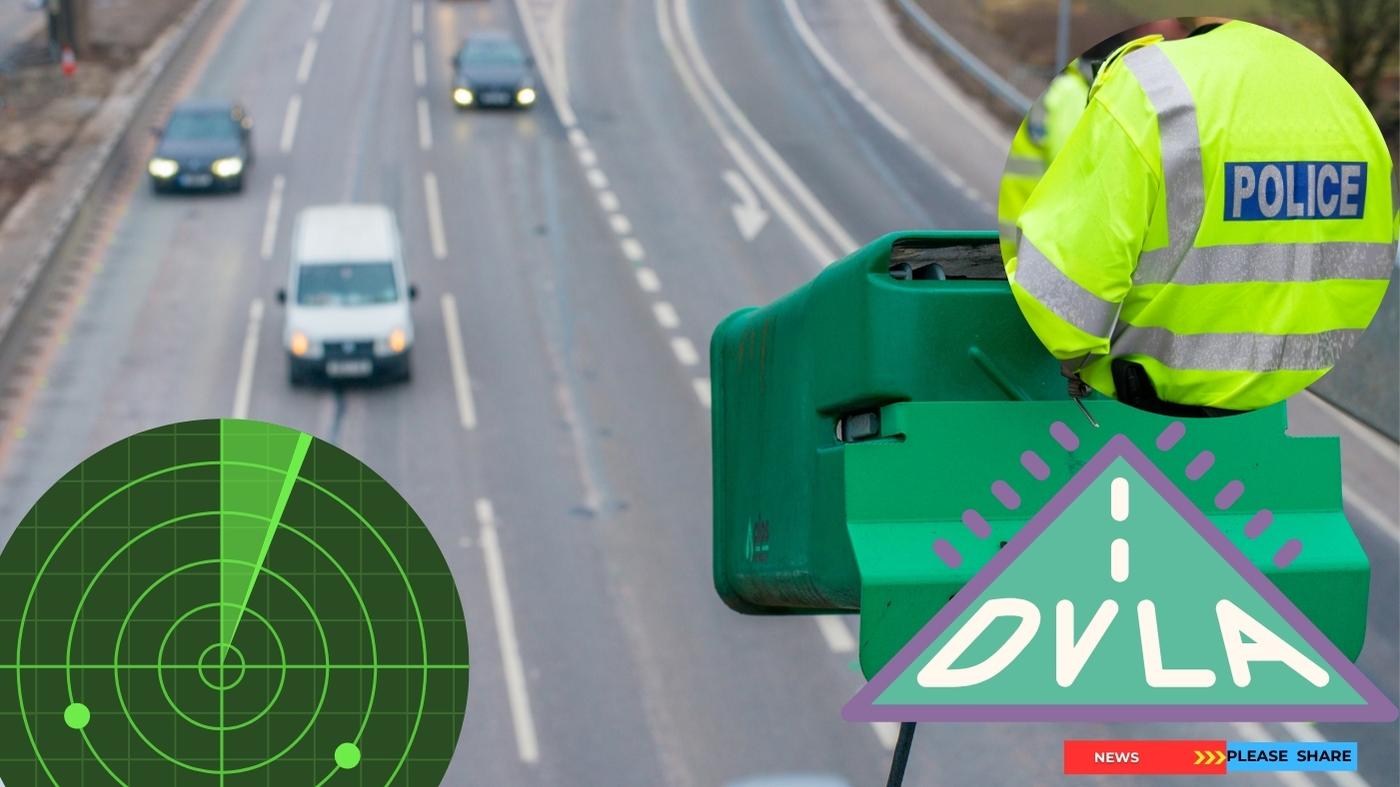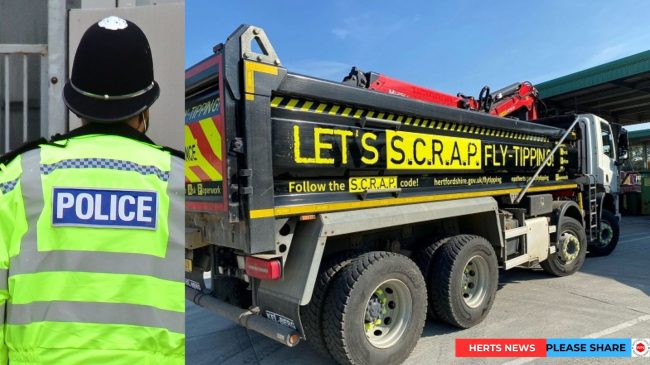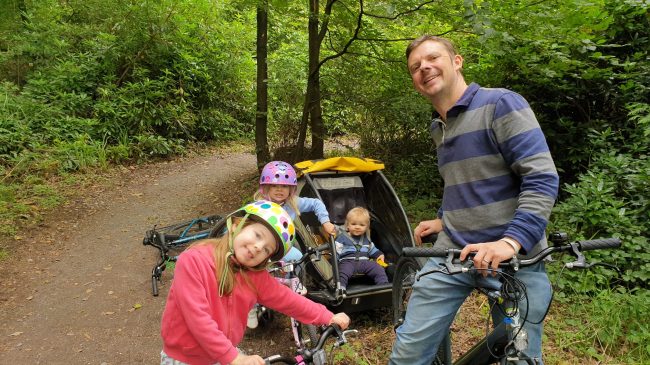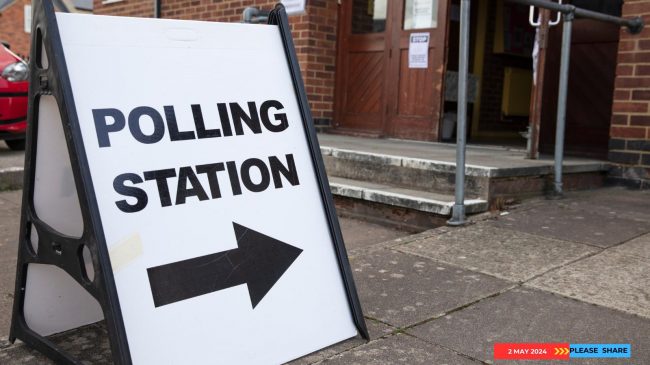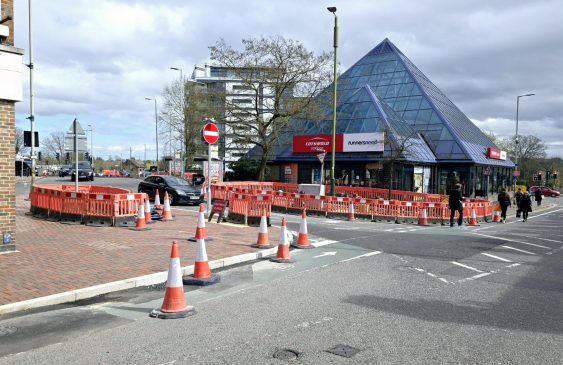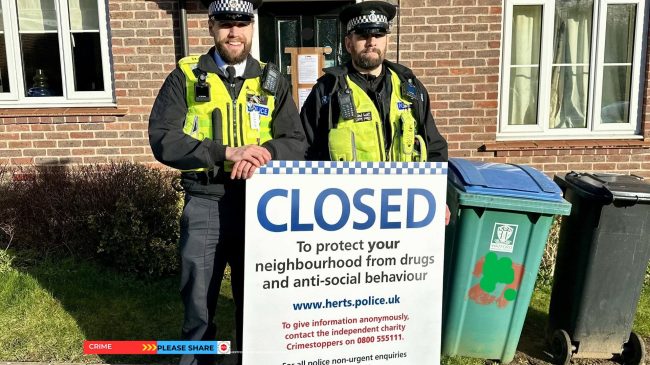Real-Time RADAR data to crack down on High-Risk Vehicles to create safer roads
Law enforcement faces a challenge: identifying high-risk vehicles on the road – those uninsured, lacking a valid MOT, or untaxed. This information scatters across different organisations, making it difficult to get a complete picture.
Operation Tutelage is a national policing initiative that tackles this issue. It uses automatic number plate recognition (ANPR) data to check against the Motor Insurance Database (MID), pinpointing uninsured drivers. Tutelage Plus goes a step further, verifying MOT certificates and vehicle tax payments by referencing databases held by the Driver and Vehicle Standards Agency (DVSA) and the Driver and Vehicle Licensing Agency (DVLA).
The Department for Transport (DfT) and the Home Office are taking road safety a step further with the RADAR program. This initiative aims to enhance police intelligence by improving data access. The Accelerated Capability Environment (ACE) explored the potential of combining various vehicle data sources in real-time. This could bolster law enforcement efforts – uninsured vehicles are often linked to criminal activity – and increase revenue collection for HM Revenue & Customs by ensuring more motorists comply with regulations.
Real-Time Updates for Faster Action
Currently, police maintain a “Vehicles of Interest” (VoI) list aggregating data from multiple sources. However, this list is manually compiled and infrequently updated, requiring constant verification. The goal is to make it real-time. This would allow authorities to instantly compare vehicles captured by ANPR systems against the latest available data.
The DfT and Home Office requested a proof-of-concept system that could handle these vast data streams and use analytics to automatically prioritise the VoI list in real-time. This system would adapt to changing laws and individual situations.
Building a Collaborative Solution
ACE, along with partners from the Vivace community, collaborated with the DVLA, DVSA, and the Motor Insurers’ Bureau (MIB) to achieve the following:
- Data Discovery: Assess the available data’s detail and how to integrate it seamlessly.
- Enhanced Tutelage: Develop a scalable, future-proof system replicating Tutelage’s functionality but incorporating diverse data sources to identify non-compliant vehicles.
- Innovation Roadmap: Chart a course for future advancements that will streamline the RADAR program.
Optimizing Resources and Expanding Data
Two additional areas were explored:
- ANPR Optimization: Utilizing ANPR data to strategically deploy police resources for maximum roadside impact.
- Alternative Data Sources: Identifying supplementary data sources to improve re-identification for the 25% of VoI list entries with unknown registered keepers.
By harnessing technology and collaboration, this initiative has the potential to significantly improve road safety and make our streets safer for everyone.
